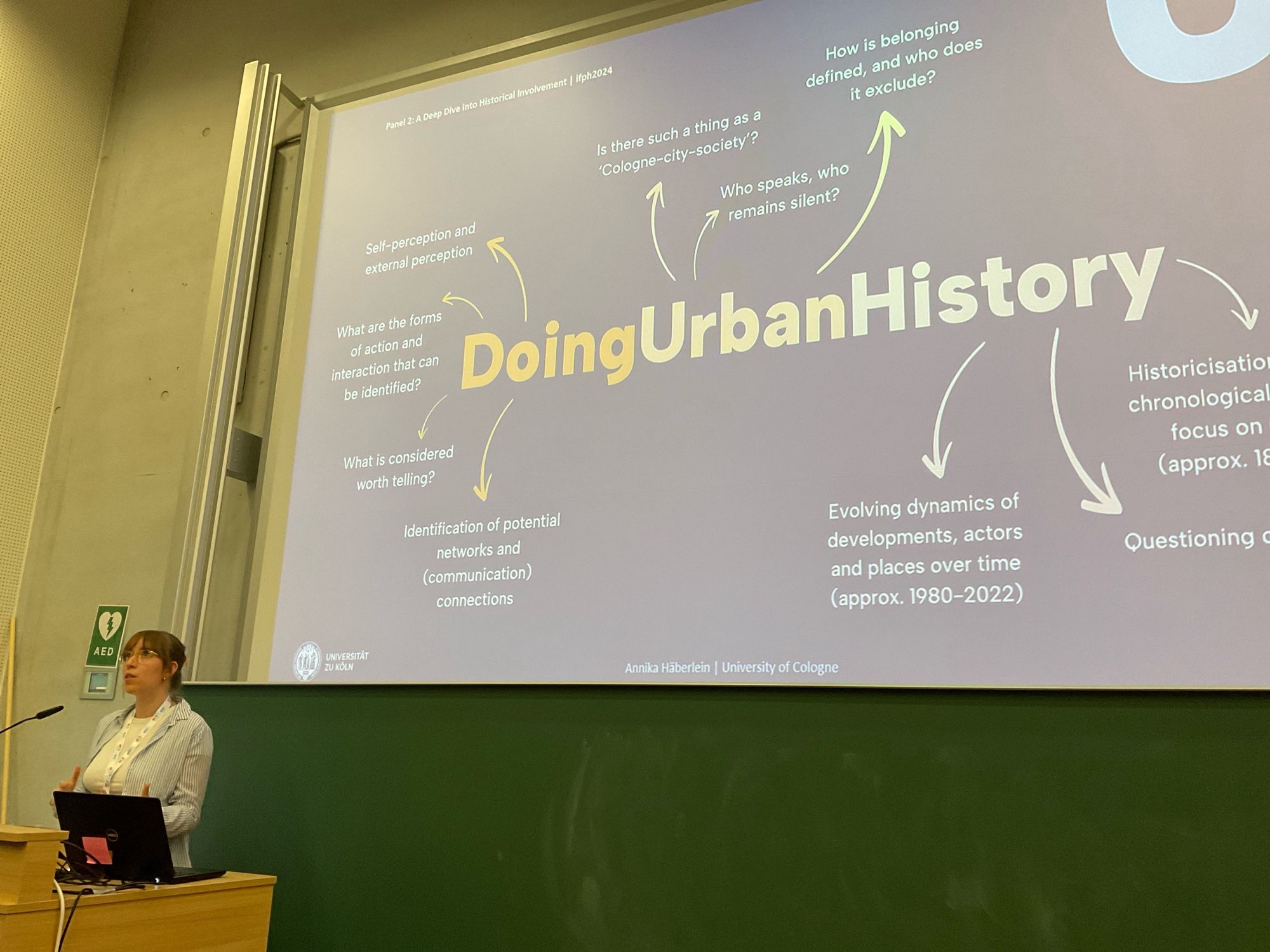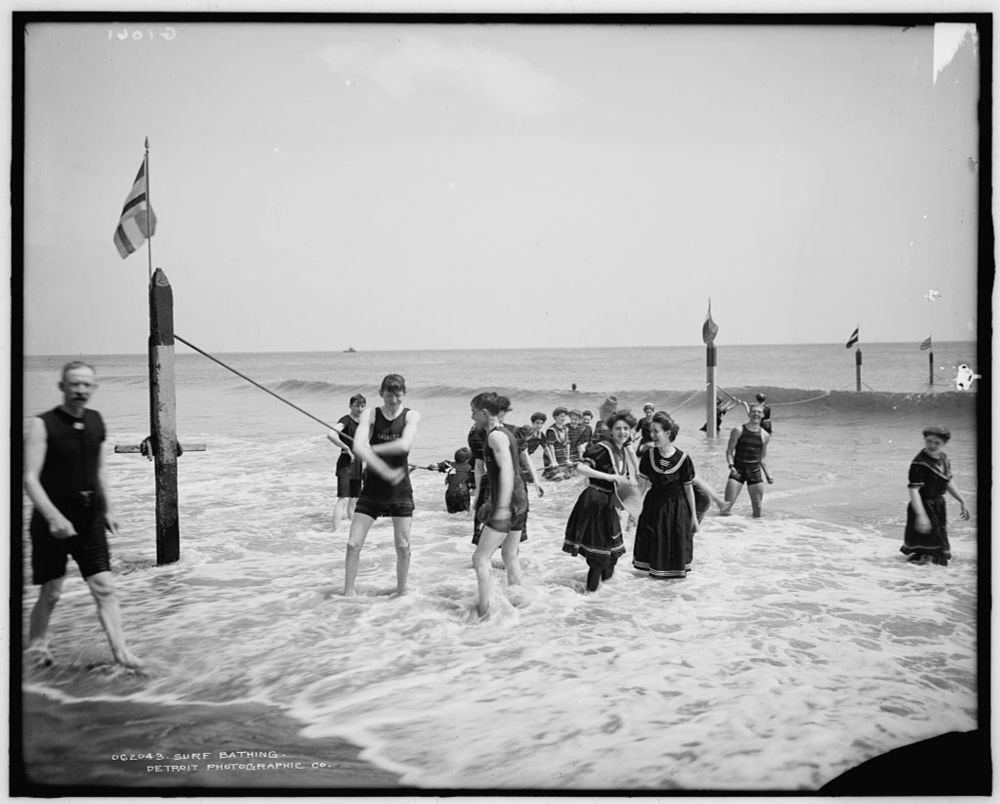I’m pleased to share that my new book, Sandhill Cities: Metropolitan Ambitions in Augusta, Columbus, and Macon, Georgia, is in press for fall 2025 publication in LSU Press’s Making the Modern South series edited by David Goldfield. #lsupress#southernhistory#urbanhistory@urbanhistorya.bsky.social
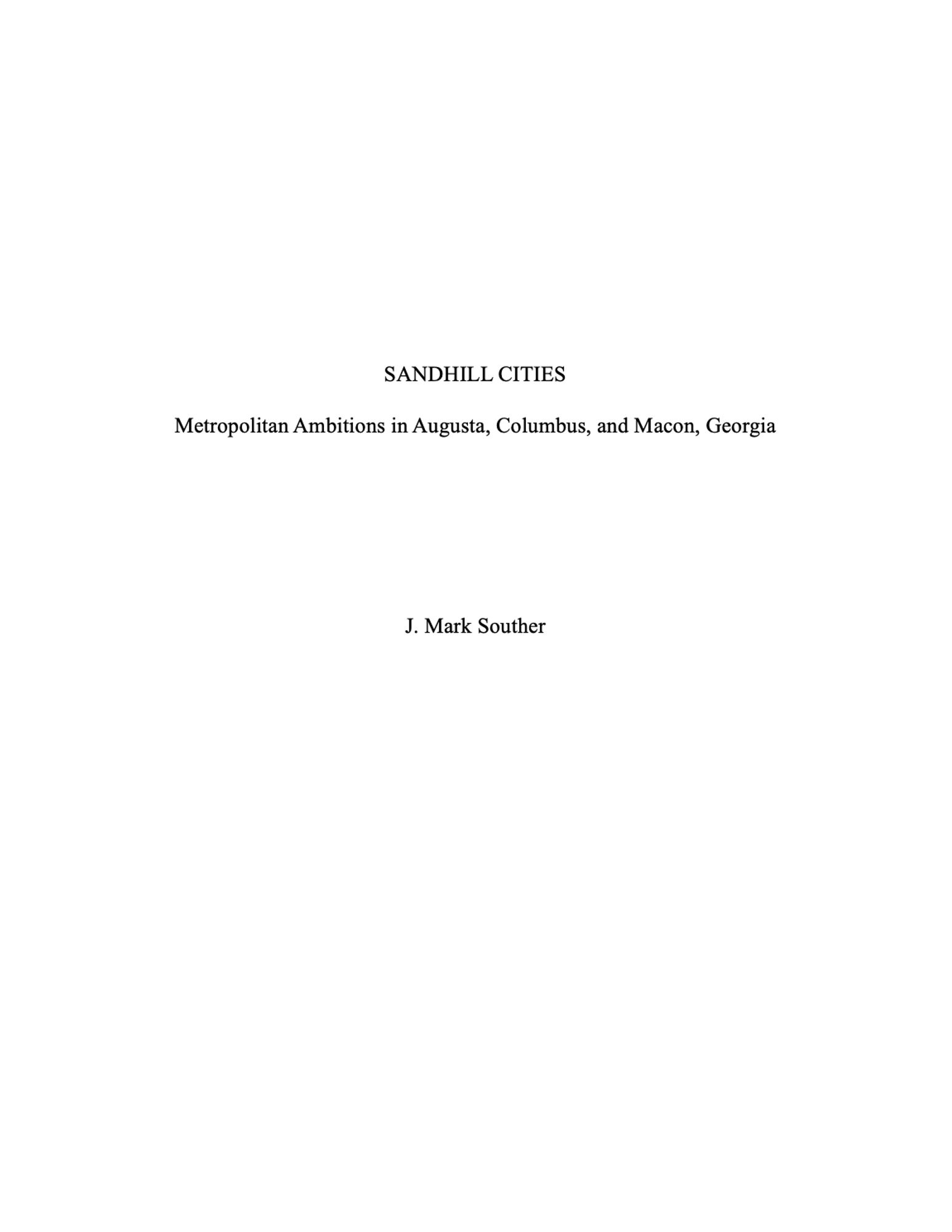
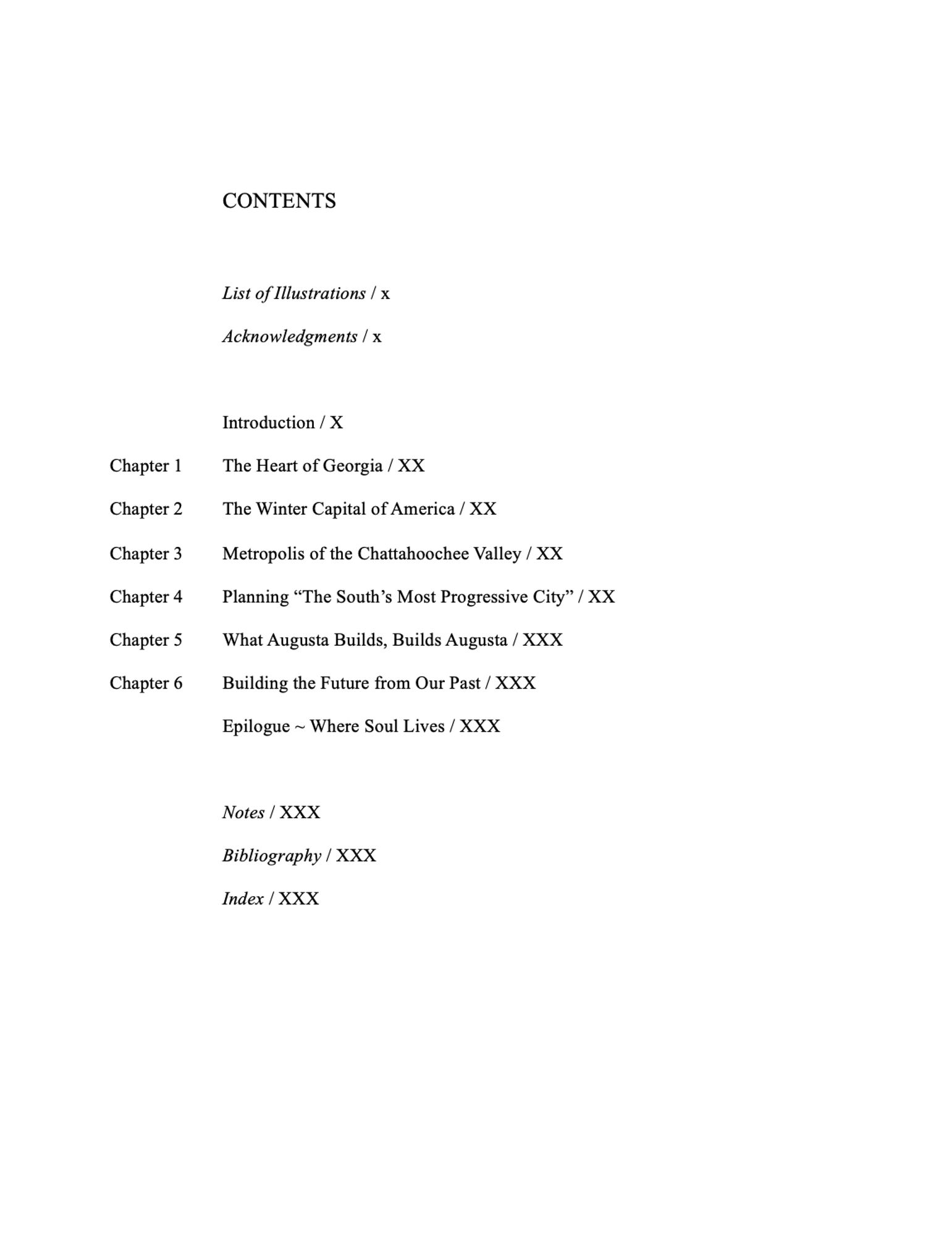
Paper was being present in European urban settings around 1800. A focus on the far right of the painting, almost hidden at the walls, shows a glued paper (likely announcements, advertisements, single-sheet prints). #PaperHistory#UrbanHistory. We are used to live with paper around us. 2/
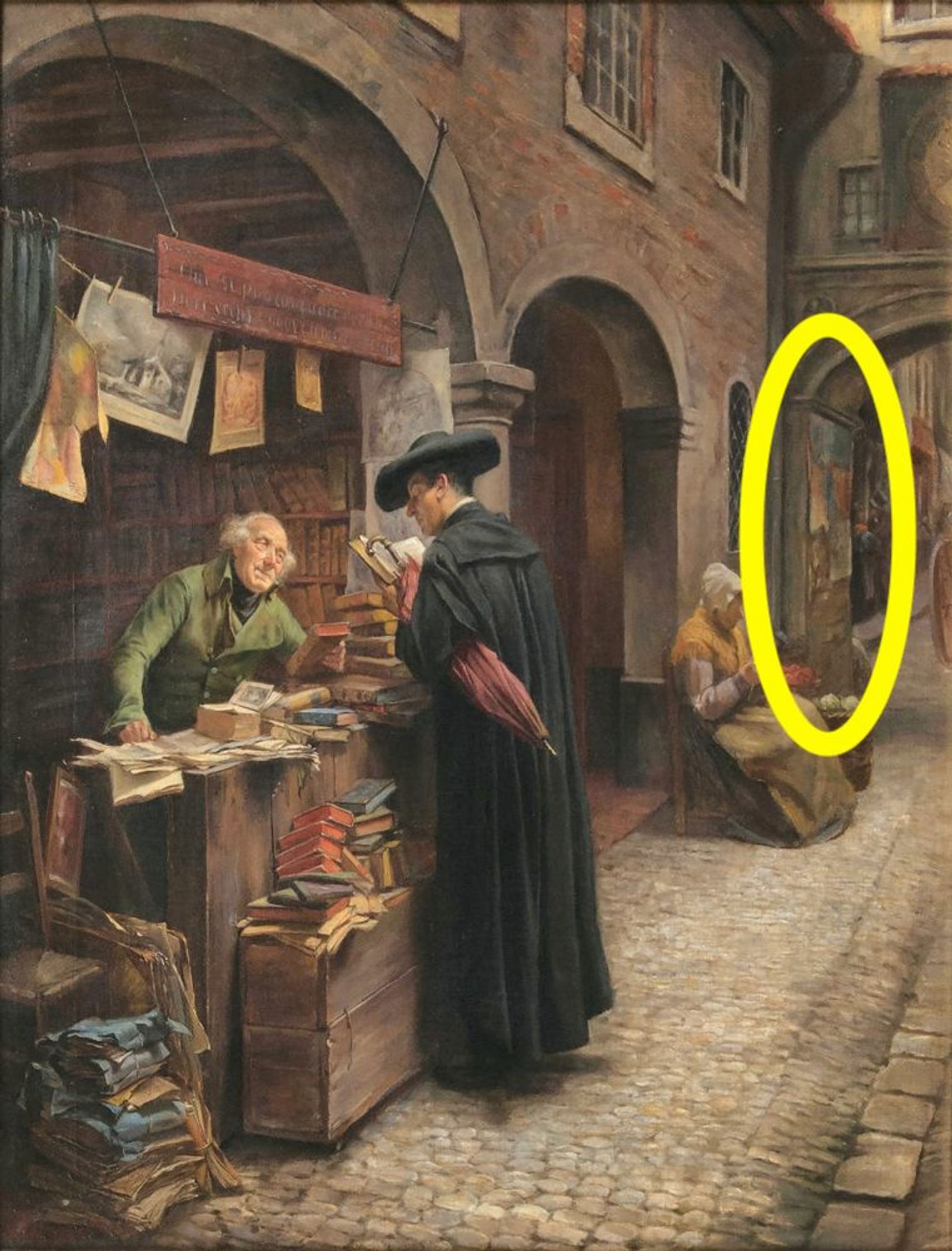
In the mid-19th century, British cities were rapidly expanding, but with growth came overcrowding, poor sanitation, and the spread of disease. Cholera, a deadly waterborne illness, became a recurrent nightmare, claiming thousands of lives. 💧 #UrbanHistory#PublicHealth
When you are looking into the destruction of an urban archive and you come across a letter from the great Henri Pirenne bemoaning the loss of said archive. This is meta #urbanhistory for you people… 🗃️

Das Ende der Posthalterei: Zeitungsinserat dokumentiert wirtschaftliche und infrastrukturelle Konsequenzen eines sich radikal vollziehenden "Technologiewandels" durch den Bau der Rheinischen Eisenbahn, hier: Andernach, 1858. #mediastudies#urbanhistory#postalhistory



